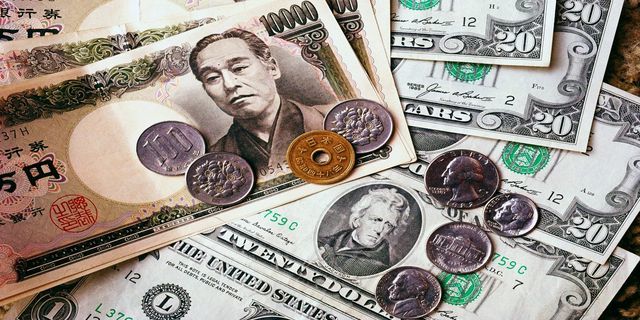Dow concludes up
16.01.2019
On Wednesday, the Dow concluded up for a second consecutive day, led by a leap in financials because positive quarterly outcomes from Wall Street financial institutions backed investor optimism on gains.
As a matter of fact, the Dow Jones Industrial Average headed north by 0.59%. The S&P 500 ascended by 0.19%, the Nasdaq Composite surged by 0.15%.
Bank of America along with Goldman Sachs delivered fourth quarter outcomes that beat on both the top as well as bottom lines, pushing their stocks up by respectively 7.2% and 9.6%.
Financials were also backed by an ascend in BlackRock Inc notwithstanding earning, which fell short of forecasts.
As for financials, they tacked on by 2.20% because the sector keeps clawback losses of 15% for the last year.
Additionally, United Continental’s better-than anticipated profits, posted on Tuesday after markets were unavailable, pushed its equities more than 6% up. As for American Airlines Group as well as Southwest Airlines, they also concluded the trading session up.
The dismal backdrop for retailers kept affecting performance, with stocks of Nordstrom heading south by 4.7% after it posted soft same-store sales surge on full price merchandise, backing a downgrade from buy to neutral for Goldman Sachs.
Goldman Sachs told that Nordstrom’s pre-announced holiday sales actually confirmed a marked slowdown in the full-price business, referring to dismal store traffic as a concern, as it showed up in a period where the consumer is enough strong and where news from other mall-based retailers on traffic has appeared to be more mixed.
The mostly bullish earnings as well as stable guidance have helped the broader market to extend profits, although a Fed’s Beige Book disclosed that businesses are starting to perceive the pressure of soaring input costs that could compress margin.
Bank of America, United Continental, and Goldman Sachs appeared to be among the top S&P 500 performers for the trading session.


















